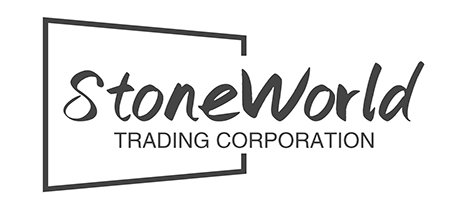With the rising popularity of quartz surfaces in both residential and commercial projects, distinguishing high-quality quartz stone from inferior products has become a crucial skill for purchasers, designers, and end-users alike. This guide presents a systematic approach to evaluating quartz stone quality—combining visual inspection, physical and chemical testing, industrial standards, and practical tips for effective selection.
1. Visual and Structural Inspection
- Color and Pattern Uniformity: Premium quartz slabs exhibit even color distribution and natural-looking patterns with no obvious impurities, inconsistencies, or unnatural breaks in the design. Consistency between batches is important for large installations.
- Surface Flaws: Closely inspect all areas and edges for cracks, chips, air bubbles, loose granules, pinholes, or other visual defects. Top-quality products should be free of visible blemishes or broken edges.
- Thickness and Flatness: Use a caliper or straightedge to measure thickness and ensure flatness. High-quality quartz maintains a minimal thickness deviation and excellent surface evenness; wavy, warped, or twisted slabs indicate poor manufacturing.
- Gloss and Luster: Superior quartz stone features a uniformly high polish with no “dead” or misty zones, reflecting a bright, glass-like sheen that enhances its luxurious appearance.
2. Physical and Chemical Performance Testing
- Hardness Test: Genuine quartz stone has a Mohs hardness of 7 or higher. Lightly scratch the surface with a steel knife or a key—only a faint dark line (steel residue) should appear, not a white mark or groove. Soft or easily scratched surfaces are indicative of low-quality.
- Stain and Chemical Resistance: Apply drops of common acids (white vinegar, lemon juice, diluted hydrochloric acid) onto the sample. A high-quality quartz (93%+ quartz content) will show no reaction—no bubbling, discoloration, or surface change. Additionally, draw on the surface with a marker; quality material allows for easy erasure without leaving a stain.
- Heat and Fire Resistance: Premium quartz surfaces withstand heat up to 300°C (572°F). Test by briefly applying a lighter or placing a hot object—the material should not scorch, discolor, or deform.
- Density and Weight: Good quartz stone feels substantially heavy and dense. Tapping it produces a clear, crisp sound—contrasted with light, hollow, or “plastic-like” slabs, which often contain excessive resin.
3. Compliance, Ingredients, and Certification
- Raw Material Composition: Internationally recognized high-end quartz stones contain over 90%–93% high-purity quartz crystals. Excessive resin content results in lower strength, poorer heat resistance, and possible discoloration over time.
- Manufacturing Standards and Certification: Ask for third-party testing reports (such as for radioactivity, heavy metals, VOC emissions) adhering to relevant environmental and safety standards. Reliable suppliers should provide warranties and detailed ingredient lists.
- Brand Reputation and Production Process: Leading global brands and certified manufacturers maintain strict process control—including resource mixing, vibration under vacuum, and high-temperature curing. This ensures a uniform surface, free from resin lumps, discoloration, or air bubbles.
4. Practical Checklist for On-Site Identification
- Visual Check: Select slabs with uniform color, flawless polish, and no visible defects.
- Hardness Scratch Test: Use a steel tool to verify scratch resistance; no white line should be left.
- Stain Test: Apply weak acids and marker ink to the surface; the absorption and reaction (or lack thereof) indicate material quality.
- Flatness and Thickness Measurement: Confirm with tools to ensure minimal variation and perfect flatness.
- Check Certifications: Ask for product certificates, warranty documents, and chemical content disclosures.
- Cross-section Observation: High-quality quartz has a dense, homogenous section without layering or loose granules.
5. Why It Matters
A single weak link—whether in visual properties, core composition, or manufacturing process—can compromise the durability, beauty, and long-term value of a quartz installation. Only by conducting comprehensive evaluations, drawing from both experience and data, can buyers and professionals make scientifically sound and aesthetically rewarding material choices.
6. Application for Business and Clients
By mastering these identification techniques, both consumers and businesses can confidently avoid common pitfalls in the quartz market, distinguish between authentic and substandard products, and make informed decisions that elevate both the beauty and functionality of their projects.
Conclusion
Identifying quality quartz stone goes far beyond simple “look and feel.” It requires a methodical approach—visual scrutiny, hands-on testing, certification verification, and an understanding of industry benchmarks. Professional evaluation not only enhances client trust but also helps your company build authority and credibility in the highly competitive stone market.
